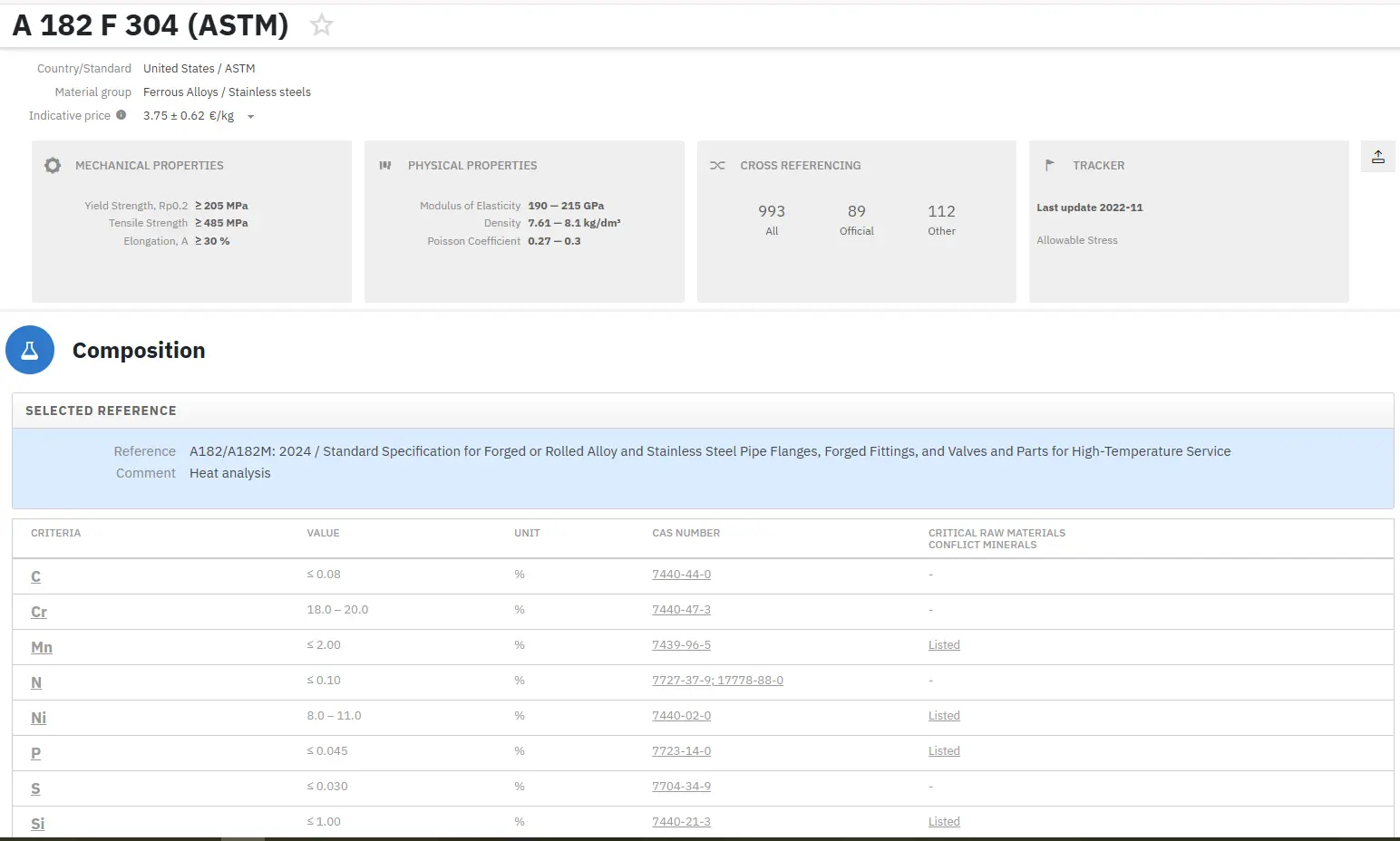The Tilting Rotary Process
Abstract
With the major recycling objective being to recover the metallic aluminum content of scraps and residues with the highest possible yield combined with the lowest effort, the tilting rotary process gives some good advantages over the fixed axis single route.
Key in the application of recovery of aluminum, zinc, lead and platinum the advantages of the tilt rotary process includes greater safety, efficiency, and loading capacities.
Raw materials dedicated to the recycling of aluminum have to contain it in non-oxidized but metallic form. The transformation of such oxides into metal is technically and economically infeasible. The major recycling target is to recover the metallic aluminum content of scraps and residues with the highest possible yield combined with the lowest effort. Some countries, particularly those rich in electricity resources have explored the plasma torch route or electric arc type furnace; both working on a similar principal of melting in an ‘oxygen free’ environment under pressure to avoid parasite air ingress and both of these techniques offer efficient recoveries but are not economically viable unless the electrical power source is very cheap.
Also these techniques are limited to small production units (a few tonnes of dross at most). More recently other manufacturers have opted for TRF (Tilt Rotary Furnace) units fitted with oxy/fuel combustion systems - they have their advantages, the main one being the reduction of off-gas volumes but they remain complex and costly.
Tilt Rotary Furnaces have significant advantages compared to fixed axis rotary furnaces. In Figures 1 and 2 is schematically presented both processes.
Conventional fixed axis single route
1. Scrap and salt are charged into the furnace. Charging is restricted by the small charge hole.
2. The charge is melted by a single pass burner arrangement, limiting efficiency.
3. Aluminum is run out through a tap hole. Opening and closing the tap hole is slow and labor intensive.
4. Slag is run out through a second tap hole.

Figure 1: Fixed axis furnace route
A high salt-to-oxide ratio is required to ensure the slag is liquid to run through the small tap hole.
Tilt rotary process route:
1. Furnace is charged very quickly using the much larger charge opening.
2. Melting by double pass burner arrangement. Saving energy with faster melting.
3. The furnace is tilted to pour out the aluminum. The dry slag remains in the furnace – with no time wasted in opening tap hole.
4. Finally the furnace is rotated and tilted simultaneously to tip out the dry salt slag for disposal. The amount of slag is greatly reduced because a liquid slag is not needed - no time wasted opening slag hole.
5. Faster rotation - better separation of aluminum from slag.

Figure 2: Tilt rotary furnace route
Applications
- Aluminum dross recycling
- Zinc dross recycling
- Aluminum light scrap recycling
- Lead battery recycling
- Platinum Recycling
- Light metal processing
Advantages
- 80% increase in service, compared with rotary furnace (fixed axis), better safety, and longer service life
- 50% increase in efficiency, compared with reverberatory furnace, production efficiency improvements
- 5%, recycling ratio improved by 3~5%
- 300%, loading capacity per batch upgraded by 3 times
- 30%, reduced final aluminum dross for disposal
- 25%, saved energy
- 50%, reduced flux requirements
- 50%, reduced labour, one operator can operate two furnaces, totally automatic processing
Find Instantly Precise Compositions of Materials!
Total Materia Horizon contains chemical compositions of hundreds of thousands materials and substances, as well as their mechanical and physical properties and much more.

Get a FREE test account at Total Materia Horizon and join a community of over 500,000 users from more than 120 countries.